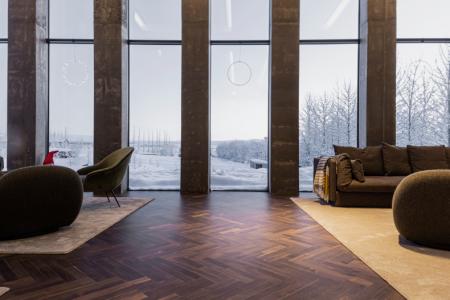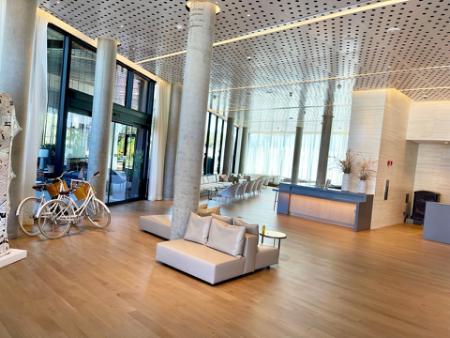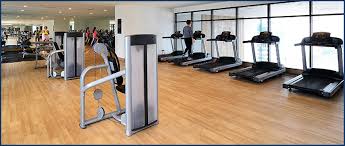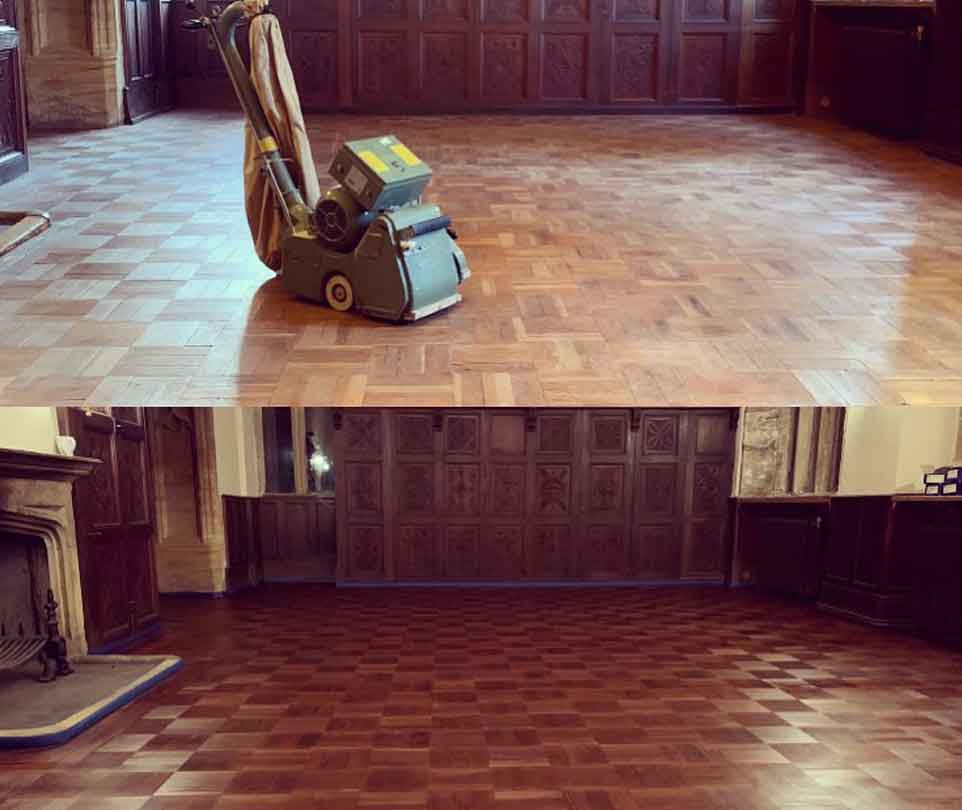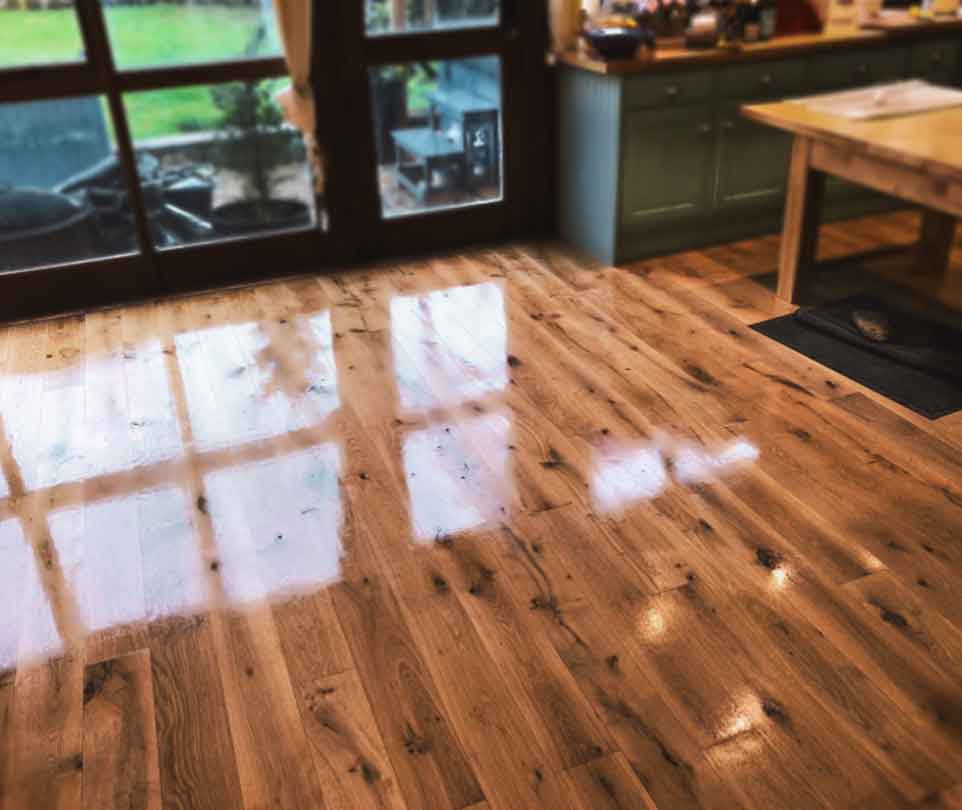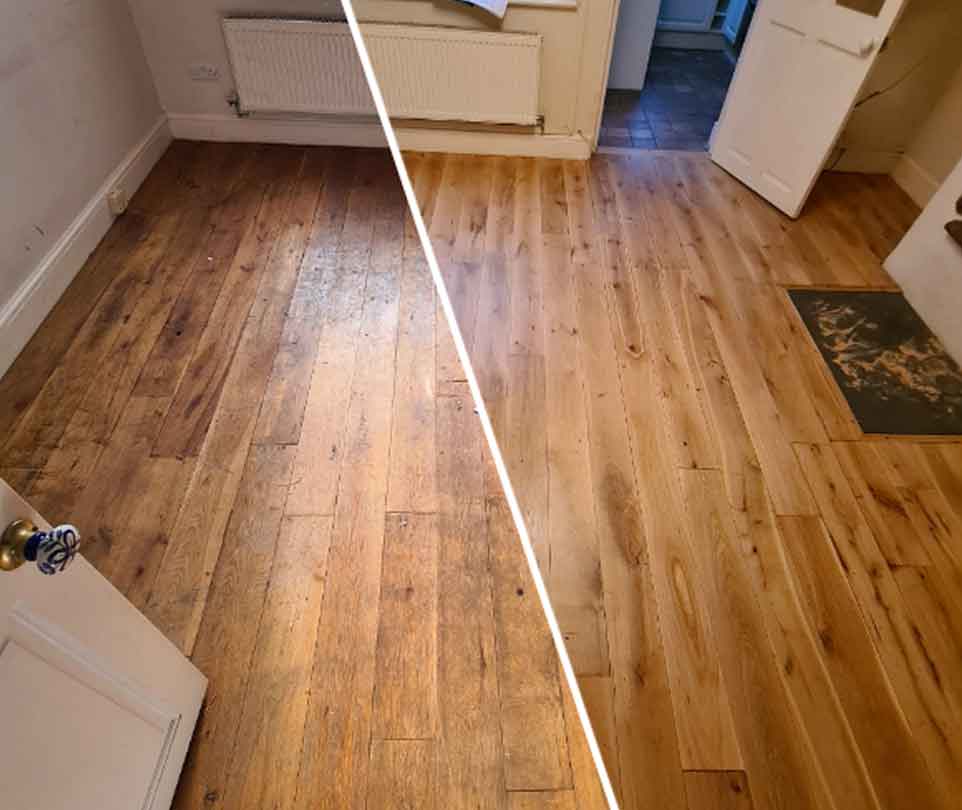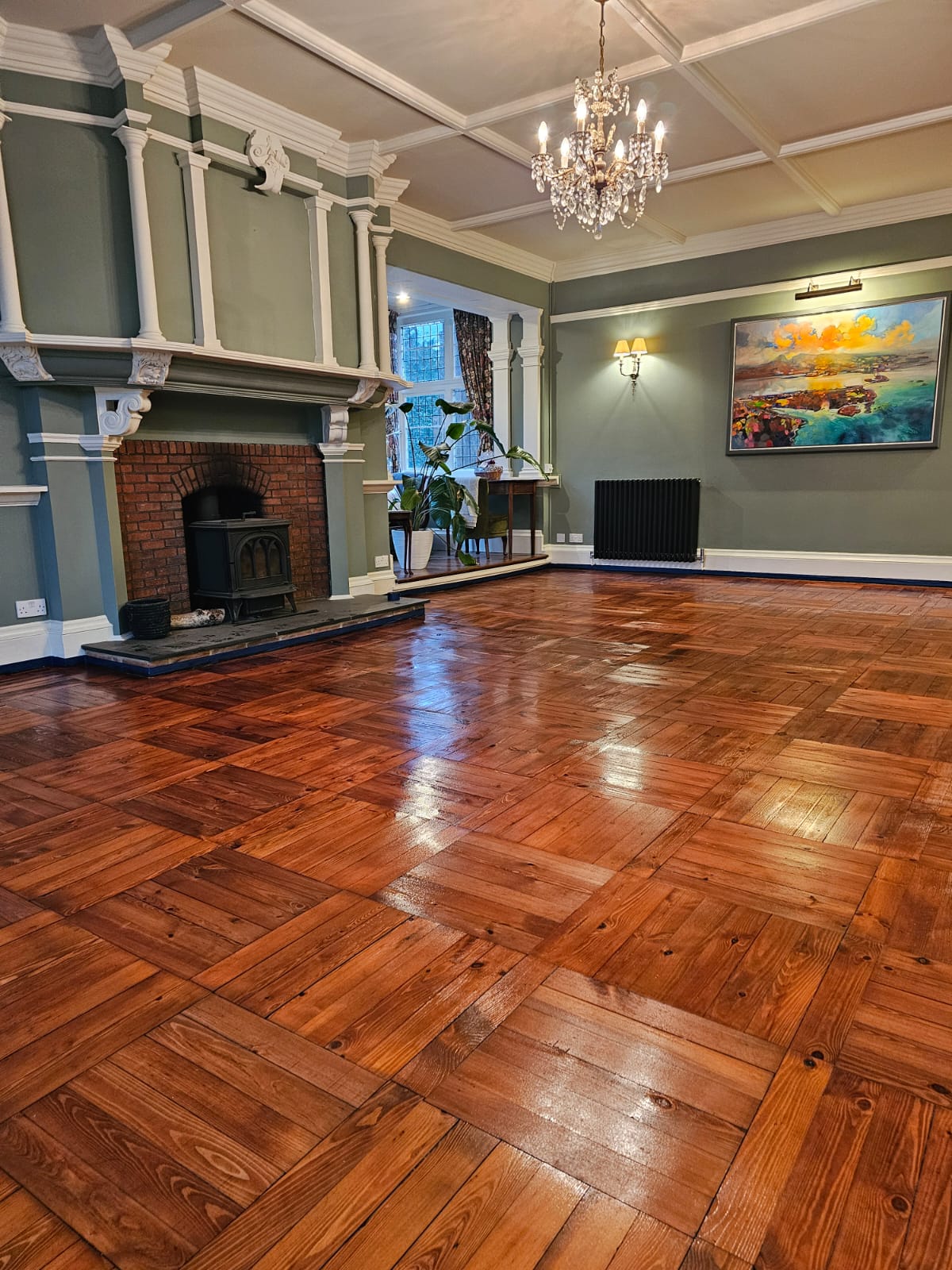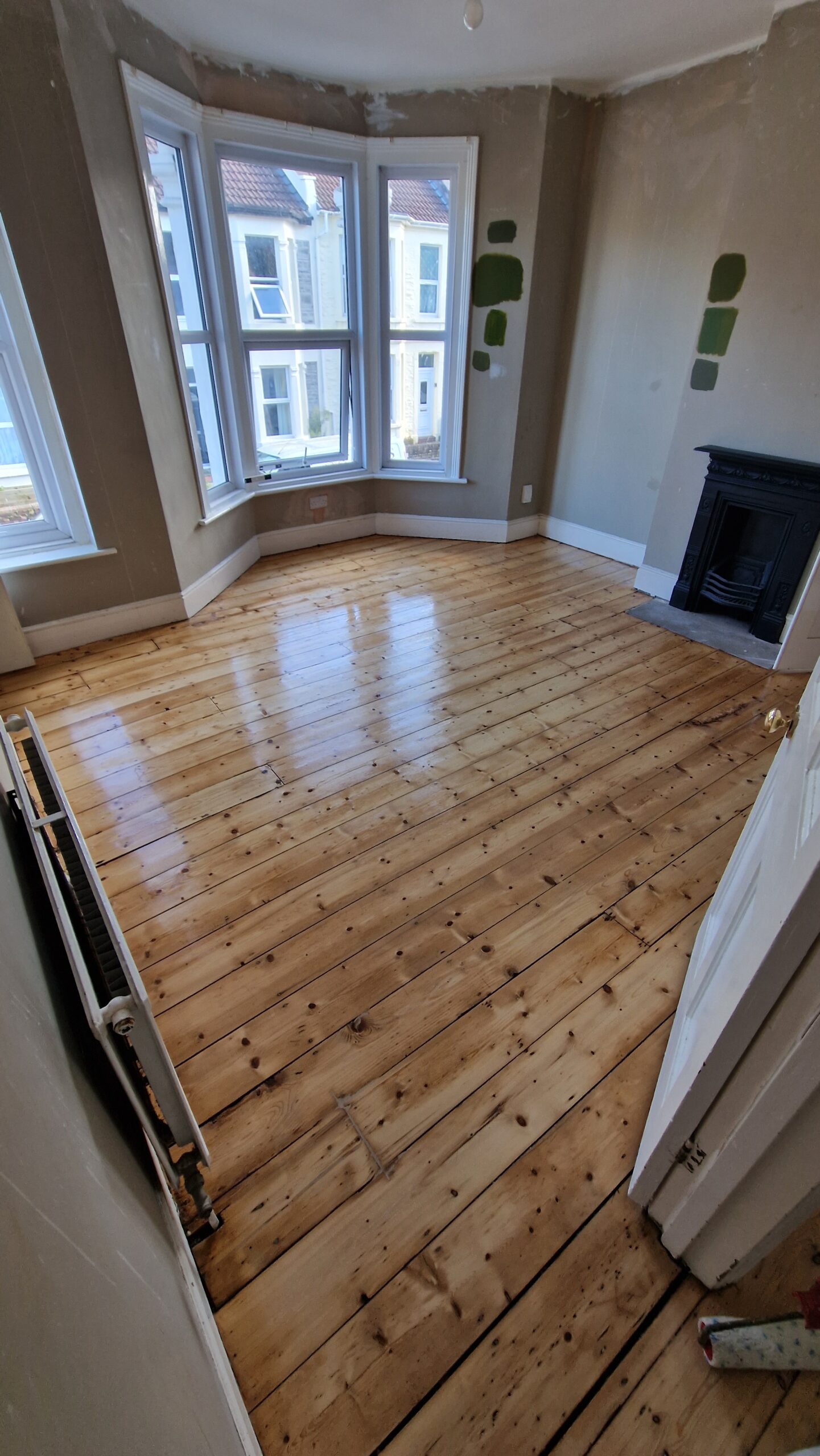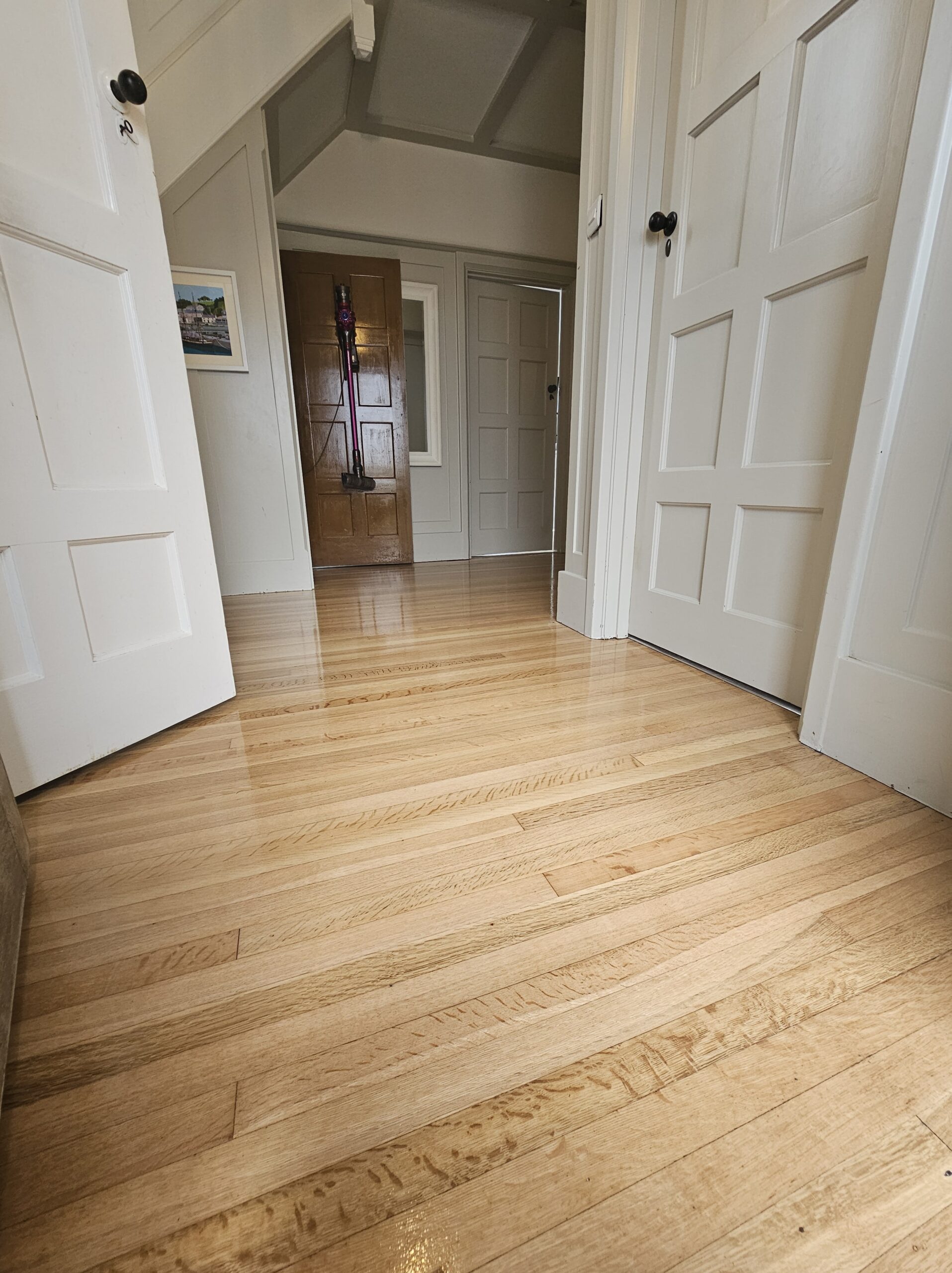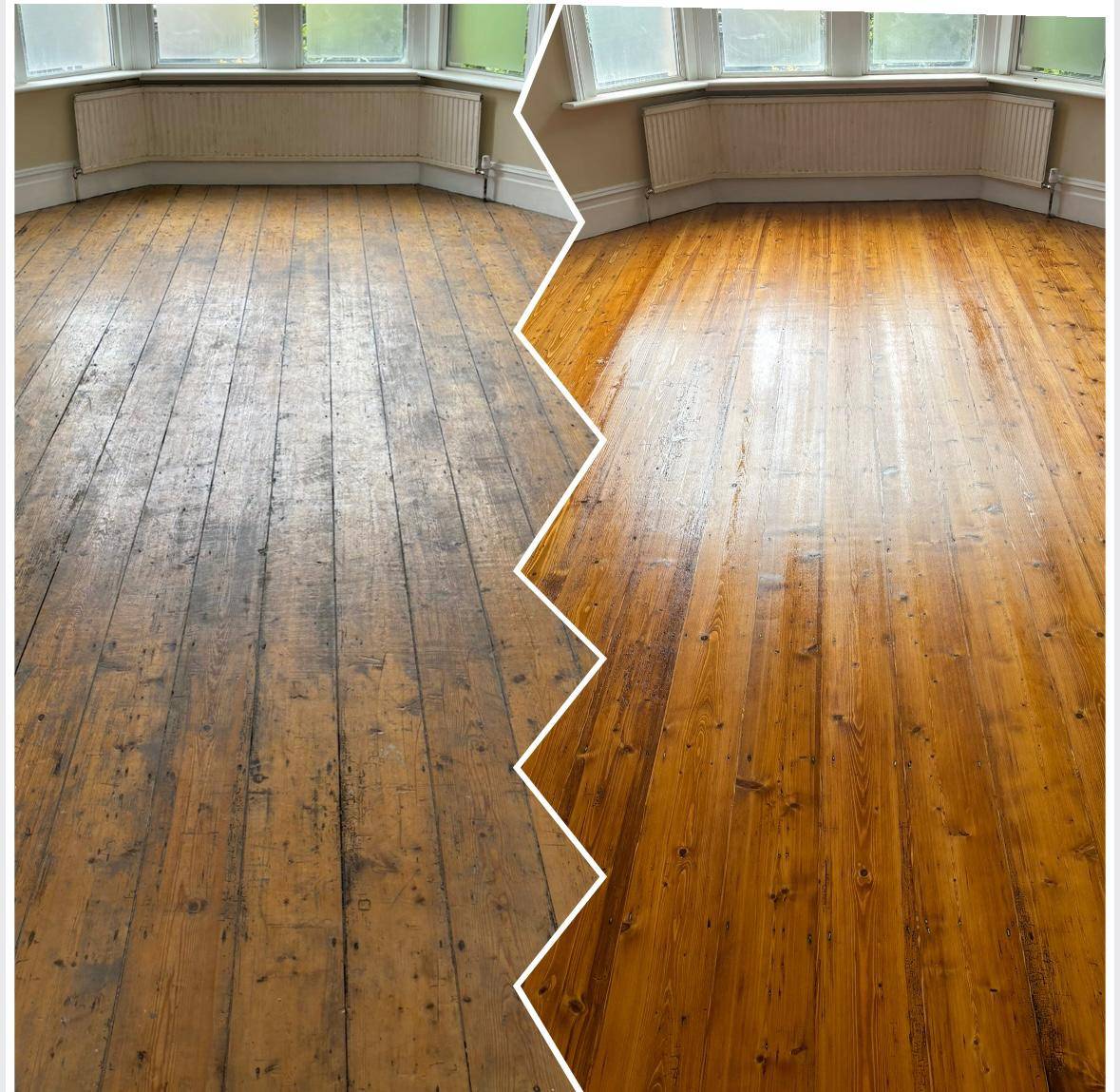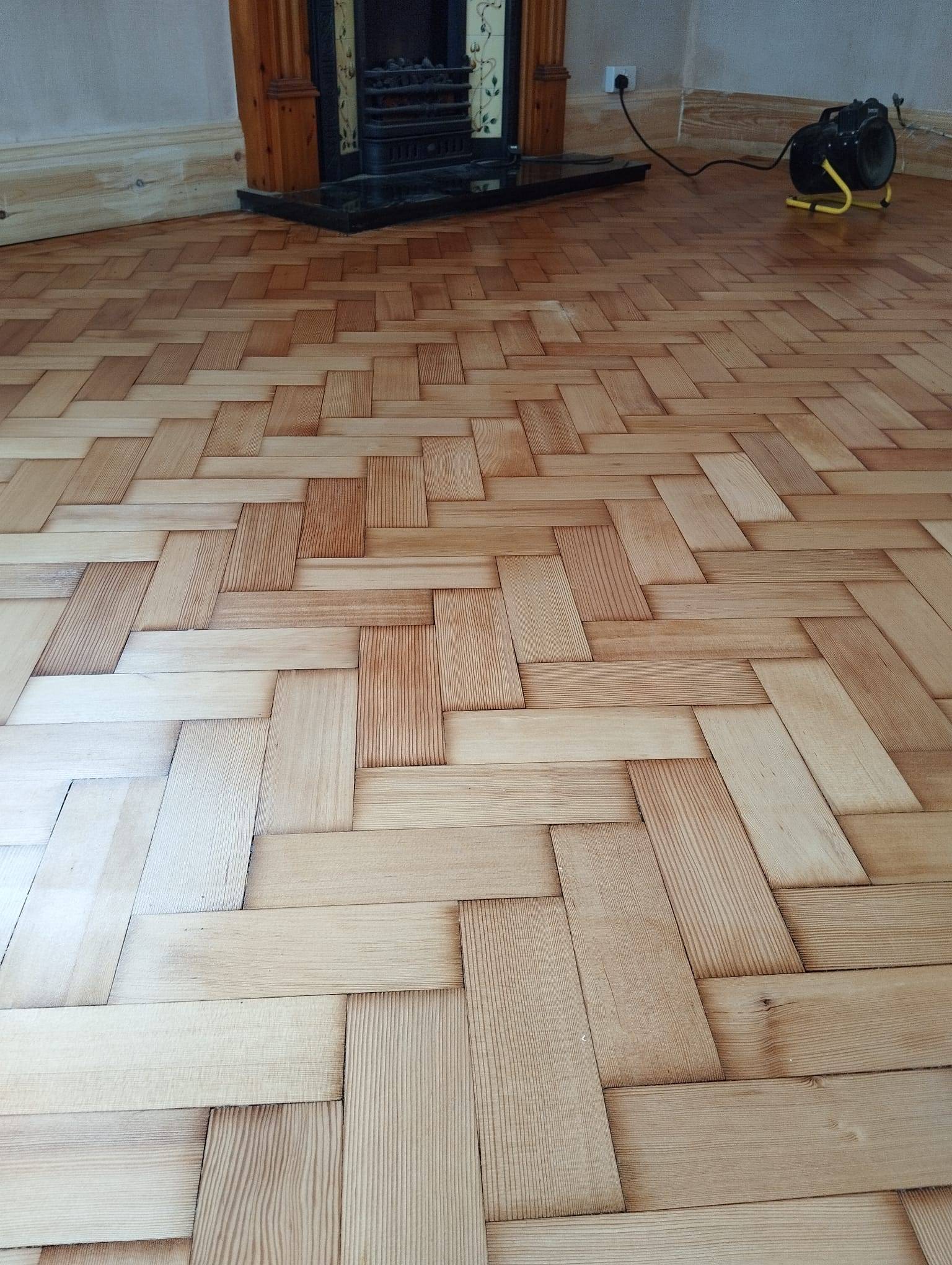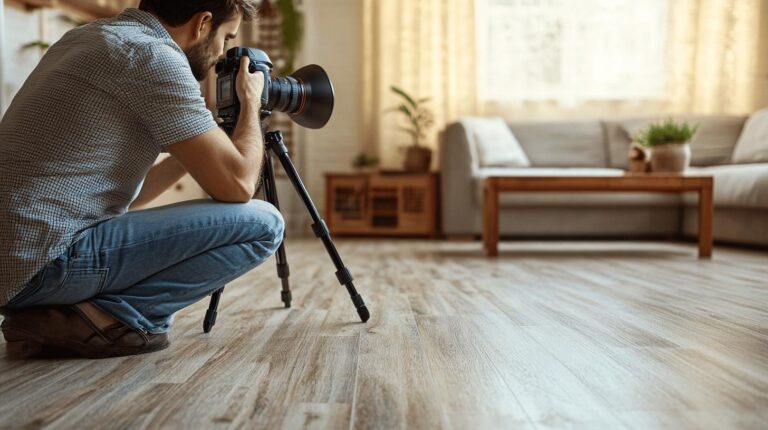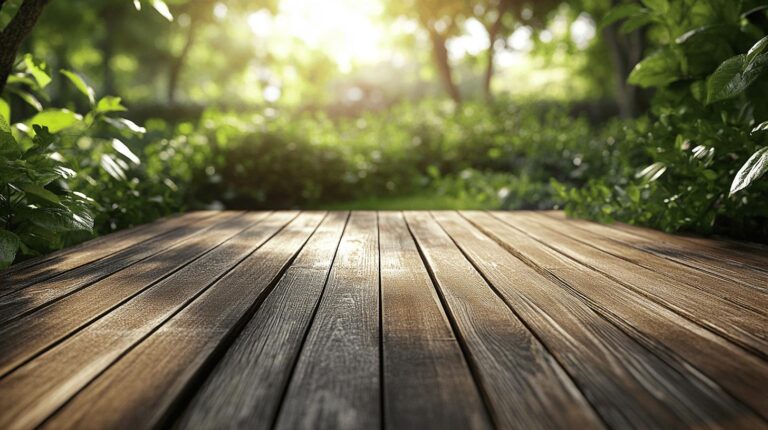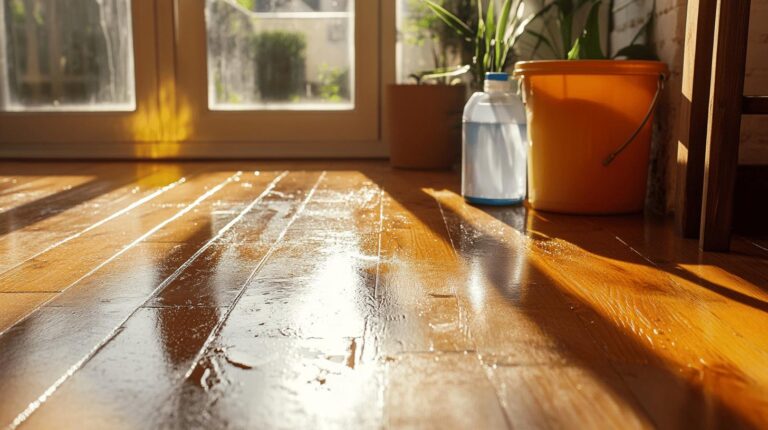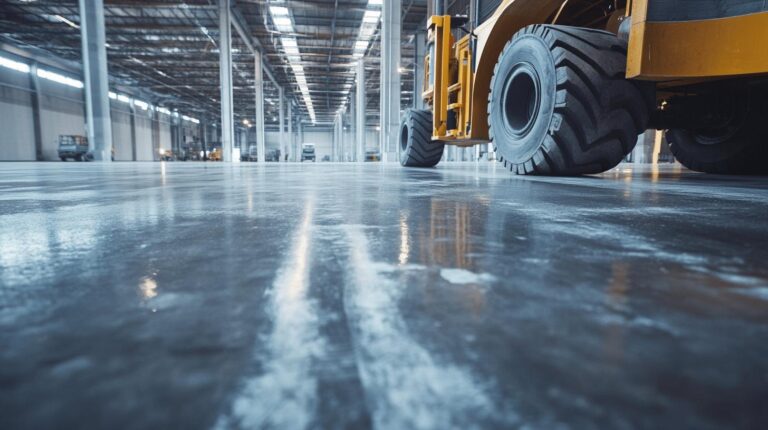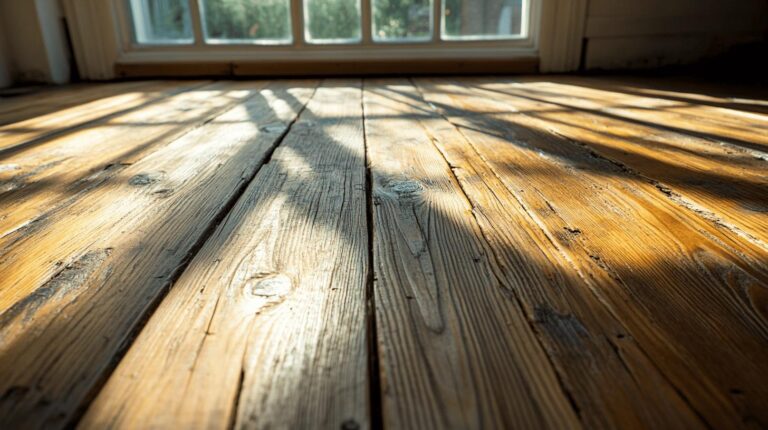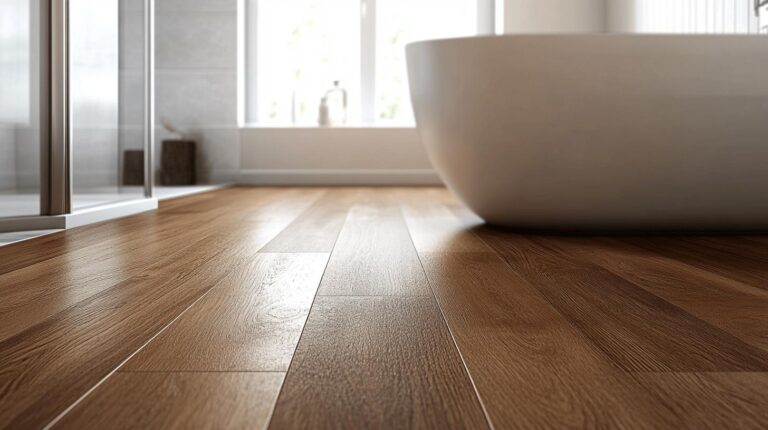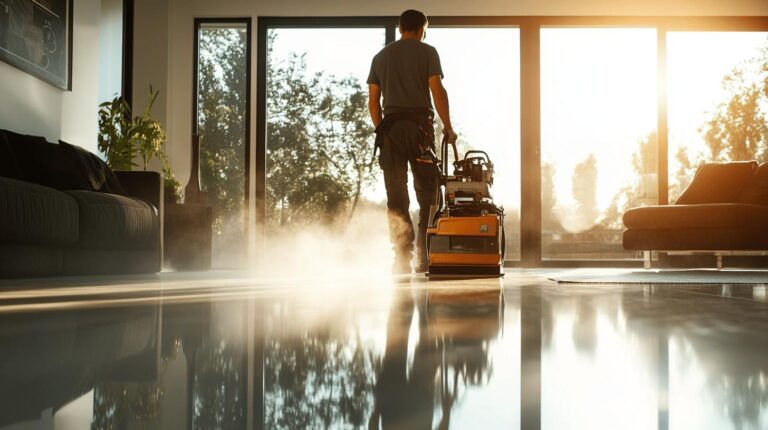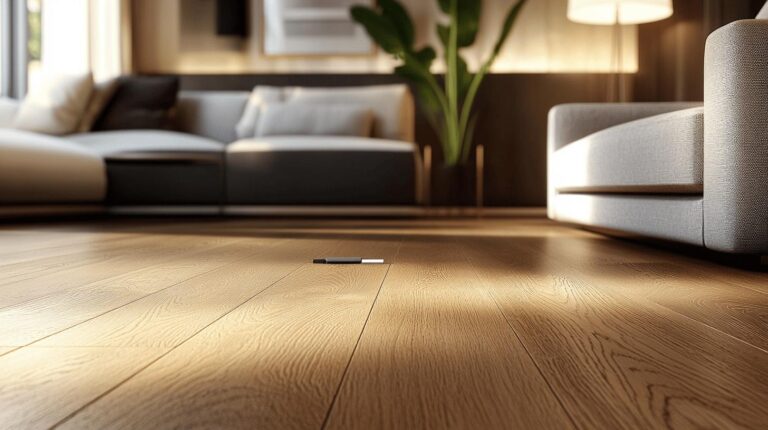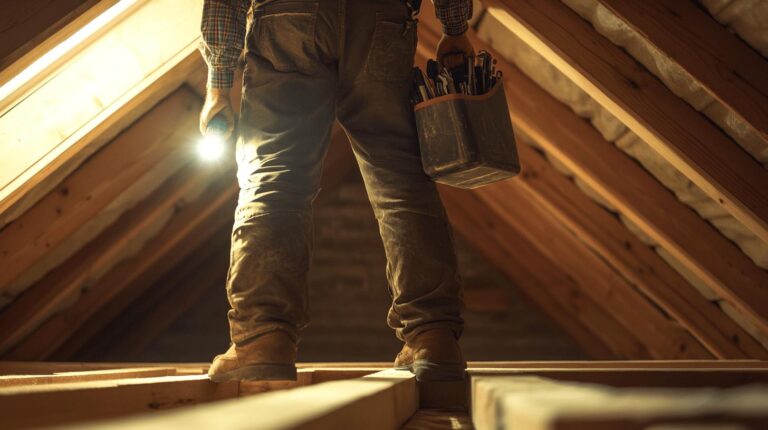Hotel floor sanding is the process of removing the top layer of a wooden floor to eliminate surface imperfections such as scratches, scuffs, and stains. This process restores the floor’s smoothness and appearance, preparing it for a protective finish that enhances durability and shine.
Hotel floors experience heavy foot traffic from guests, staff, and luggage, which can cause damage over time. Sanding removes surface-level damage and prepares the floor for refinishing, ensuring the wood remains durable, safe, and visually appealing. A well-maintained floor contributes to the overall ambiance of the hotel, making it more inviting and professional for guests.
The frequency of sanding depends on the level of foot traffic and wear. In high-traffic areas like lobbies and hallways, floors may need sanding every 3 to 5 years. Lower-traffic areas, such as guest rooms, may require sanding less frequently, typically every 5 to 7 years. Regular maintenance, such as buffing and refinishing, can help extend the time between sanding sessions.
Yes, sanding can remove most surface-level scratches, scuffs, and dents. For deeper damage, additional repairs may be necessary before sanding. Our team assesses the condition of the floor and recommends the best approach to restore it fully.
In most cases, the sanding process requires temporarily closing off the area being worked on. We work with hotel management to minimise disruption by scheduling the work during off-hours, low occupancy periods, or during times when the area is not in use. This ensures minimal inconvenience to both staff and guests.
The time required for sanding depends on the size of the area and the condition of the floors. Typically, the process takes 1 to 3 days, including sanding, cleaning, and applying the finish. The finish will need time to dry before the floor can be used again, which may take an additional 24 to 48 hours.
After sanding, we offer a variety of finishes, including water-based and oil-based polyurethane, as well as natural oils and waxes. Water-based finishes dry faster and have a low odour, making them ideal for high-traffic areas. Oil-based finishes offer a deeper, richer look but require longer drying times. We help you choose the best finish based on your hotel’s needs and aesthetic preferences.
It’s important to allow the finish to fully cure before reopening the floor to foot traffic. We recommend waiting at least 24 to 48 hours for light foot traffic and 72 hours for full use, including moving furniture back into place. The exact drying time depends on the type of finish used.
At Ryans Restoration, we use dust-free sanding equipment that minimises the amount of dust generated during the process. While some dust is inevitable, our equipment captures the majority of it, ensuring that the hotel space remains clean and safe throughout the restoration.
Yes, engineered wood floors can be sanded as long as the top veneer layer is thick enough. The number of times an engineered floor can be sanded depends on the thickness of this layer. Our team will assess the condition of your engineered wood floor to determine whether sanding is suitable.
Sanding smooths out uneven surfaces and removes splinters, reducing the risk of slips, trips, and falls. In a hotel environment, where safety is paramount for both staff and guests, sanding ensures that the floors remain level and free of hazards, contributing to a safer overall environment.
To maintain your floors, regularly sweep or vacuum to remove dirt, dust, and debris that can scratch the surface. Use a damp mop with a wood-safe cleaner for deeper cleaning, but avoid excessive water. In high-traffic areas, use rugs or runners to protect the floors, and place felt pads under furniture legs to prevent scratches when moving chairs or tables.
Yes, sanding can remove surface-level stains caused by spills. By removing the top layer of the wood, sanding eliminates blemishes and prepares the floor for a fresh coat of finish that will protect against future stains.
The longevity of the finish depends on the level of foot traffic and the type of finish applied. In high-traffic areas, the finish may need to be reapplied every few years to maintain its protective qualities. Regular cleaning and maintenance can help prolong the life of the finish, keeping the floor looking polished and well-maintained.
Ryans Restoration offers professional hotel floor sanding services tailored to the unique needs of the hospitality industry. Our experienced team uses high-quality materials and state-of-the-art equipment to ensure that your floors are restored to their original beauty and functionality. We prioritise minimal disruption to your operations and are committed to delivering exceptional results that enhance the appearance, safety, and durability of your hotel floors.
